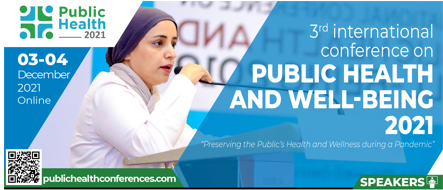Factors Related to Anemia Prevalence among Women of Childbearing Age in the Arena of the Global Pandemic
DOI:
https://doi.org/10.32789/publichealth.2022.1011Keywords:
COVID-19, anemia, related factors, women of childbearing age, prevalence, PakistanAbstract
Health authorities in Pakistan, in collaboration with local and foreign NGO’s, are working hard to achieve the targets set by WHO in 2012, to reduce anemia prevalence and its related factors, but due to the prevailing COVID-19 crisis, all resources and attention are paid towards it, which leads to ignorance of exciting basic health issues. The study illustrated anemia prevalence and its related factors among women of childbearing age in the arena of the global pandemic. A time-lagged, cross-sectional survey was conducted among 1,702 volunteer women of aged between 15 and 49 years across five major cities of Pakistan, from January 2021 to June 2021 by using the nonprobability consecutive sampling technique. Blood sample results were analyzed, to determine prevalence and anemia severity. Chi square and multiple logistic regression were performed to examine the relationship and effect of related factors on hemoglobin levels, using SPSS version 26. Among the 1,702 participants, 788 (46.3%) were non-anemic, and 914 (53.7%) were anemic. Anemia prevalence in Karachi was slightly greater (n=294, 55.48%) compared to other cities, and the mean hemoglobin level was 11.98 ± 0.92 g/dl. The chi-square and multiple logistic regression indicated that respondent’s employment status, mother’s profession, family income, living conditions, chronic health conditions, use of iron and folic acid supplements, junk food, source of drinking water, and knowledge about anemia and its preventive measures were significantly associated with anemia. Results confirmed that anemia is a multifactor health problem that was totally ignored during the COVID-19 pandemic. Therefore, more attention should be given to anemia surveillance and awareness programs and the mobilization of community health workers and volunteers to reach a wide range of populations, including women of childbearing age, even during an emerging pandemic.


 Join our next public health conference.
Join our next public health conference.